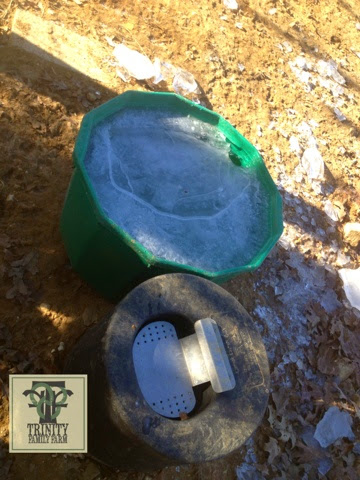I was wondering where the tradition of carving pumpkins came from so I googled it. So if you are also curious, read on!
The Origin of the Carved Pumpkin
First off, the carved pumpkin is called a Jack O'Lantern. Right, we all know that. But did you know that originally it was not a pumpkin? This is an Irish/Scottish tale and pumpkins were native to the Americas... But back to the story....
A long, long time ago; several hundred years in fact, there lived an Irish man named Jack. He grew up in a simple village where he earned a reputation for cleverness as well as laziness. (Because it takes great skill to get out of working) He preferred to lie under a solitary oak tree, endlessly whittling. In his whole life, he never made a single friend or performed a selfless act for anyone. Stingy Jack, a miserable 'ole drunk, liked to play tricks on everyone; family, friends, his mother and even the devil himself. (I've got a neighbor this guy reminds me of)
In order to earn money to spend at the local pub, he was always on the lookout for an "easy shilling". As the legend goes, Stingy Jack invited the devil for a drink and convinced him to shape-shift into a coin to pay with. When the devil obliged, Jack decided he wanted the coin for other purposes, and kept it in his pocket beside a small, silver cross to keep the devil trapped as a coin.
Jack eventually freed the devil under the condition that he wouldn’t bother Jack for one year, and wouldn’t claim Jack’s soul once he died. After that year was up, Jack tricked the devil once more by convincing him to climb up a tree to fetch a piece of fruit. While he was up in the tree, Jack placed crosses around the trunk so the devil couldn’t come down until he swore he wouldn’t bother Stingy Jack for another ten years.
Many years later, when Jack finally died, he went to the gates of Heaven and was told by Saint Peter that he was too mean and too cruel and had led a miserable and worthless life on earth. He was not allowed to enter Heaven. He then went down to hell. But the devil kept his promise and would not allow him to enter hell either.
Jack was scared and had nowhere to go but to wander about forever in the darkness between Heaven and hell. He asked the devil how he could leave as there was no light. The devil tossed him a burning coal from the flames of hell to light his way. Jack placed the ember in a hollowed out turnip, one of his favorite foods. From that day forward, Stingy Jack roamed the earth without a resting place, lighting his way as he went with his "Jack O'Lantern".
Image credit: www.cricketbow.com
Since, on all Hallow's eve, the Irish hollowed out turnips, rutabagas, gourds, potatoes and beets. (Remember, pumpkins were native to America) They placed a light in them to ward off evil spirits and keep Stingy Jack away.
The photograph above shows an Irish 19th century Jack-o-Lantern made from a turnip, which is on exhibit at the Museum of Country Life in Castlebar, Co. Mayo.
The Irish brought the tradition of the Jack O'Lantern to America. The Irish immigrants quickly discovered that Pumpkins were bigger and easier to carve out, thus starting the tradition of using pumpkins for Jack O'Lanterns.
Disclaimer: this was a simple, quick googling attempt and is by no means TRUTH. I am by no means any sort of professional historian.
























